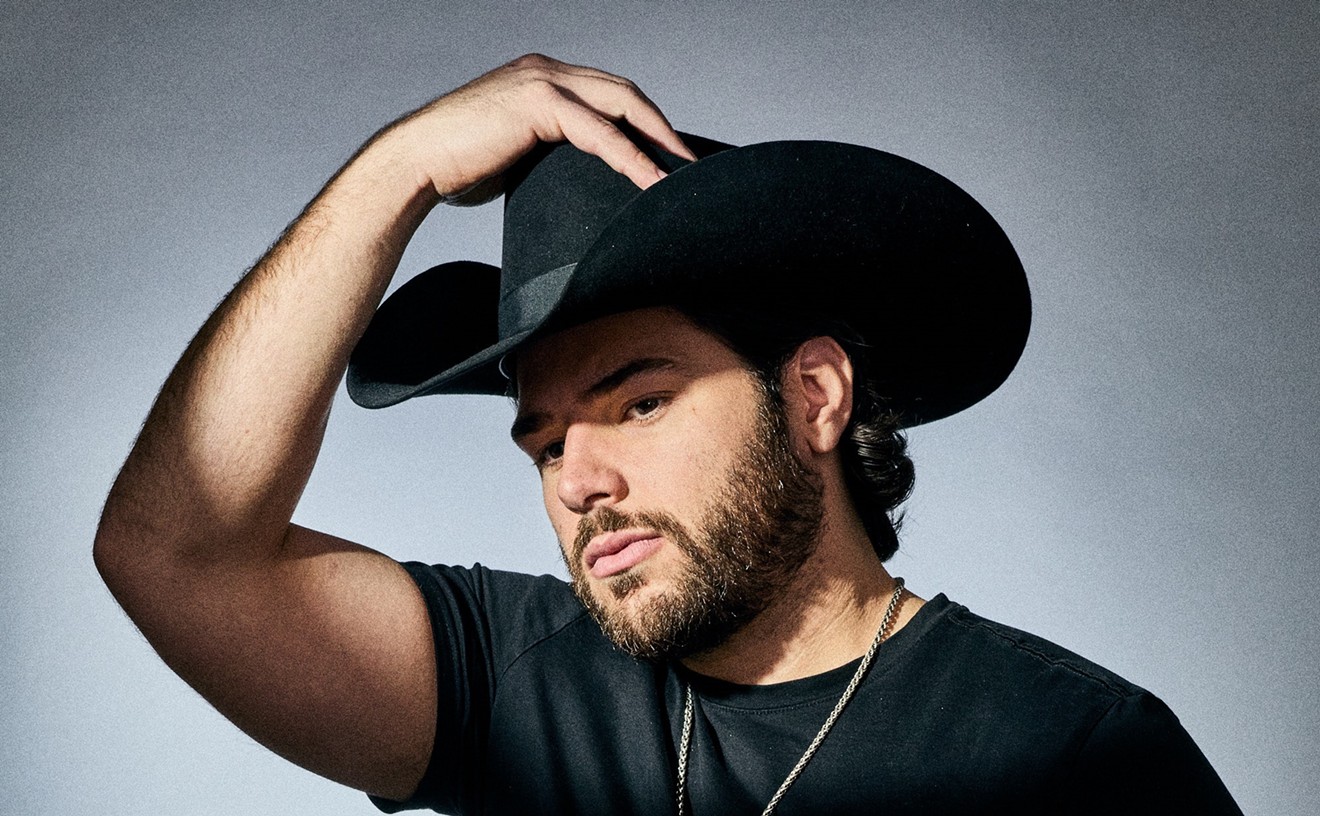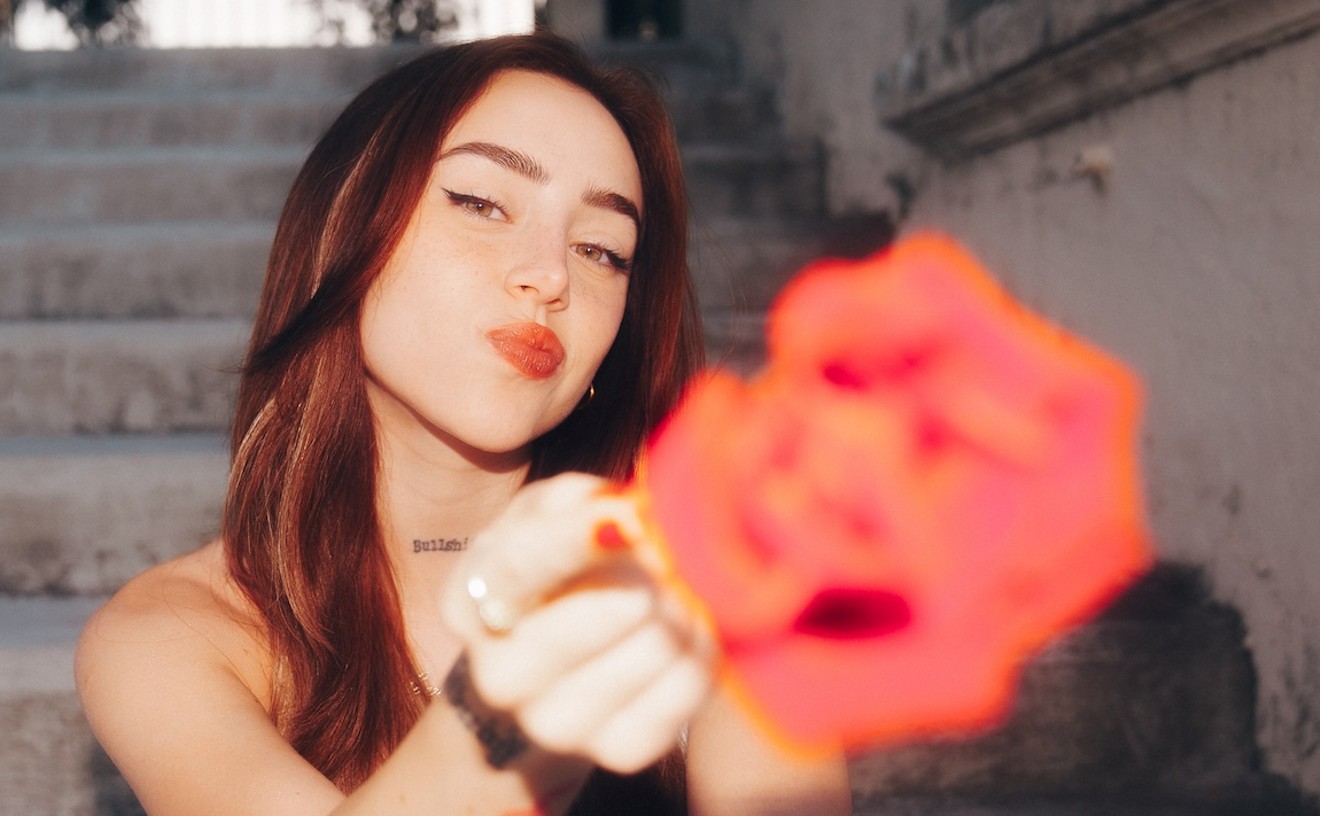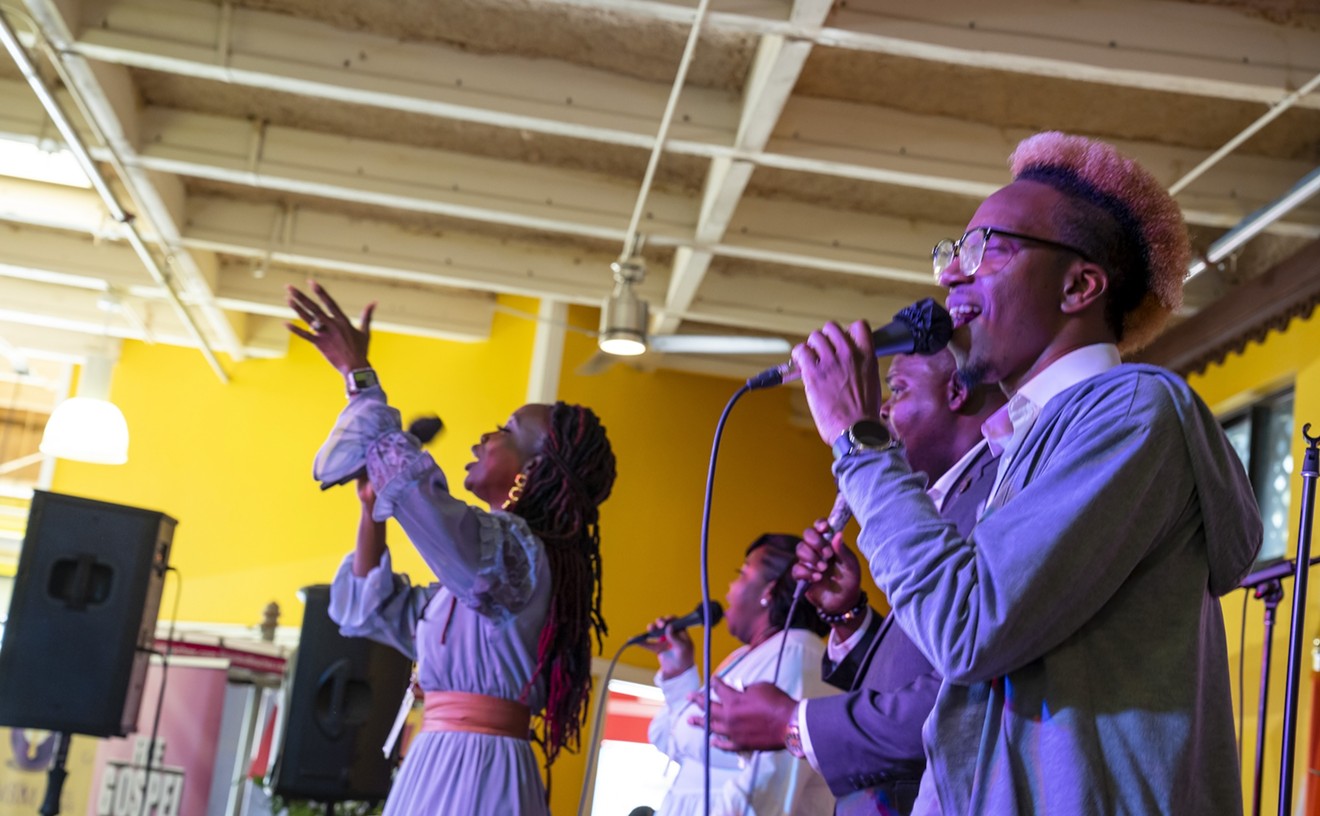The eclectic group of artists that Diez gathered in a Havana studio last year logically included members of the legendary troupe Los Muñequitos de Matanzas, Grupo Clave y Guanguanco, and famed congueros Los Papines and Tata Guines. But the album also features salsero Issac Delgado, celebrated young Irakere pianist Tony Perez, Van Van soloist Mayito Rivera, funkadelic percussionist Changuito, and other performers not usually associated with folkloric expression. Working with top arrangers on the popular Cuban music scene today -- coproducer Joaquin Betancourt and German Velazco -- the artists tour rumba's migratory past on tracks incorporating rumba flamenca, Haitian and Brazilian influences, and theatrical performance styles. Elements of salsa, jazz, and the fusionary funk of timba complete the mix, which retains the spontaneous feel of a typical Sunday-afternoon rumba.
On one outstanding track, the instrumental "Un Violin para Chano" written by Velazco, violin and conga perform a sublime homage to Gillespie conguero Chano Pozo. The duet gradually widens into an all-out jam as more instruments join in. Gravel-voiced singer Haila Mompie belts out "Sobre una Tumba una Rumba," grounded by Afro-Cuban percussion and accompanied by brass with a spectacular sheen that would not be out of place on U.S. Latin radio. In contrast Guines's passionate solo is a spare incantation. Accompanied only by congas, quinto, cajones, and guiro, Delgado performs a version of "Santa Cecilia" his way, with the sweet elegance he typically gives to romantic ballads. The smoking version of the rumba standard "Llora Como Llore," segues effortlessly into the samba intro of the Muñequitos' "Lengua de Obbara."
La Rumba triumphs with fresh numbers such as these, which cross rumba with the popular music of Cuba's younger generation while underscoring (once again) how much Cuban music's past is inherent in its present. La Rumba really falters on only one track, "El Jardin." Reminiscent of Irakere's Seventies experiments with jazz and Afro-Cuban rhythms, it sounds dated and upsets the otherwise smooth premise of this disc.
Like producer Juan de Marcos Gonzalez of Buena Vista Social Club and Afro-Cuban All Stars fame, Diez has begun to break new ground on the contemporary Cuban music scene by bringing together diverse talents to record projects that she initiates. The idea of producers having a main creative role has been virtually unknown in the Cuba of the past 40 years, where, unlike in the United States and other nations, band leaders typically have had exclusive domain over their sound.
The 1998 opening of Abdala and several other new or refurbished studios in Havana as well as more exposure to international recording conventions have contributed to this emerging production consciousness. Last year BIS Music released a tribute to Beny Moré, produced by Diez, featuring a group of young talents. And this past month she finished the production of Mompie's first solo effort, which includes guest appearances by other contemporary stars, including Paulito FG. "It's a process of trial and error," Diez explains. "But I feel with each recording we come closer to hitting the mark."
A musicologist who had studied classical and other forms of Cuban music, Diez says her own way of seeing both music and the world changed when she became immersed in rumba culture as the tour manager for the Los Muñequitos de Matanzas' first U.S. tour in 1992. "It's a calling, a benediction. It's a way of life," says Diaz of the music and dance genre, "a form of behavior that's reflected onstage but is carried out in the daily life of the people who perform it."
The Muñequitos tour coincided with an album released in the United States by New York-based writer and producer Ned Sublette on his Qbadisc label. That nine-week tour and subsequent Qbadisc titles put out in the Nineties contributed to a cult following in this nation for authentic rumba. But for many in and outside Cuba, the raw emotion of rumba percussion and chanting -- a sound whose origin is in the celebrations of African slaves -- can be unsettling. "Rumba culture, like all Afro-Cuban culture, has always been a culture of resistance," observes Diez.
And true to its past, it still is somewhat of a marginal genre, despite ongoing interest by contemporary bands, including NG La Banda and Los Van Van, in performing versions of rumba. "Rumba never really crept out of its folkloric box to become a mainstream popular genre," says Sublette. "But rumba seeped into Cuban music in profound ways, like seed from a drunken vagabond father."
With this BIS recording, rumba may finally break out. "This [album] could be the beginning of a new wave that respects Cuban culture from a rumbero's criteria," predicts Sublette, writing in the album's liner notes. "Or it could be an isolated accomplishment by some producers of great taste and dedication. That decision will get made in Cuba."
Diez currently is negotiating with a U.S. label to release the album here later this year. But for her, the mere fact that the record is finished is sweet, not only because she is pleased with the results, but because the project initiated more musicians in the ways of rumba.
"This album was a convocation. I don't think it could have had any title but La Rumba Soy Yo," Diez says. "Not because the rumba is something that belongs to a certain group of people, but because once people discover true rumba, it becomes part of them, and there's no going back."










